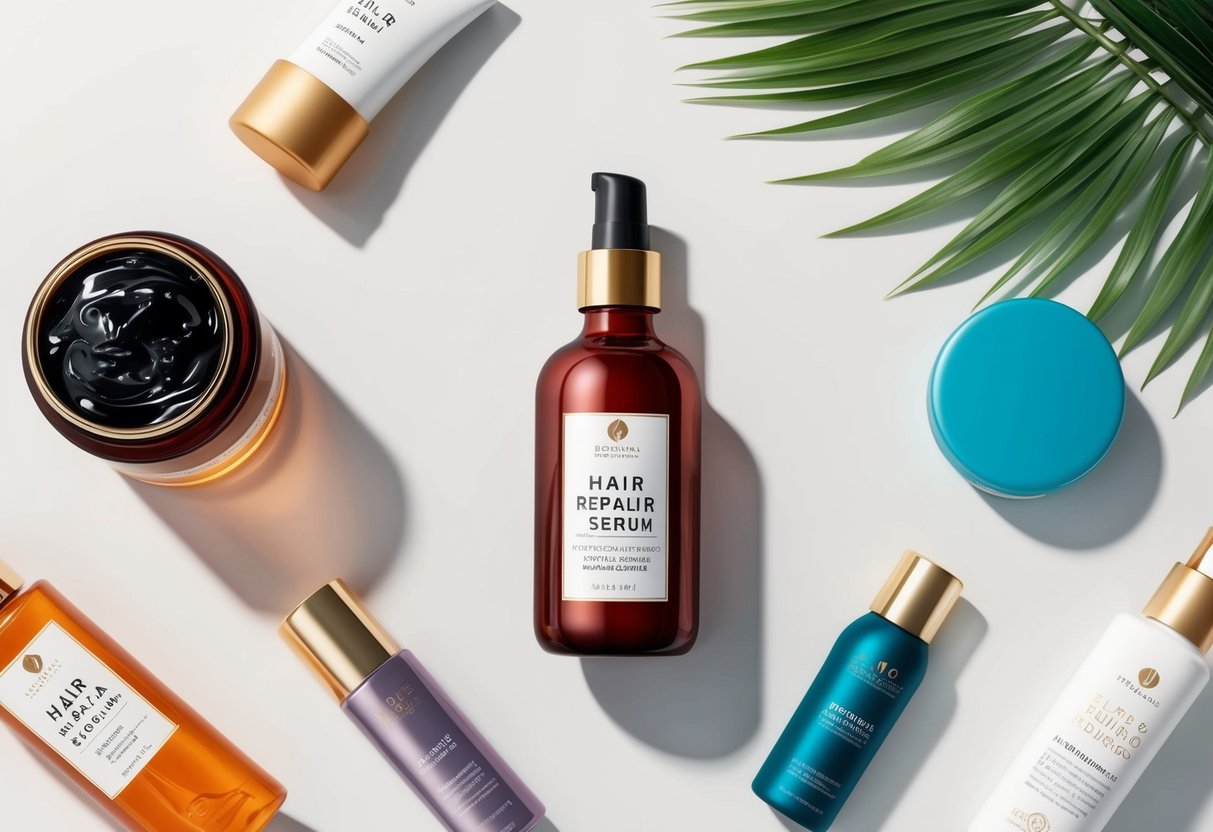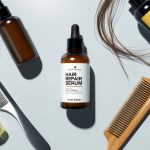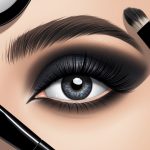How to Repair Damaged Hair: Expert Tips for Stronger, Shinier Locks
Minimizing Heat and Styling Damage
Limiting heat exposure and adopting the right protective strategies can reduce breakage, split ends, and loss of shine. These approaches help hair withstand regular use of heat styling tools like curling irons and straighteners without as much risk of heat damage.
Using Heat Protectant Sprays
Hair exposed to high temperatures is more likely to suffer from dryness and weakened cuticles. Applying a heat protectant spray acts as a barrier by coating the strands.
This layer helps distribute heat more evenly, reducing the likelihood of burning and dehydration. When choosing a heat protectant, look for ingredients such as silicones, proteins, and natural oils.
These substances form a protective seal that can withstand common temperatures used when blow-drying or straightening hair. For best results, spray the product evenly from mid-length to ends, as these areas are usually most vulnerable.
A quality heat protectant can also reduce frizz and improve manageability, making styling faster and easier. For more tips on conditioning benefits during styling, visit this expert guide to conditioning while styling.
Safer Heat Styling Practices
Heat styling tools can easily cause significant damage if misused. It’s important to keep the temperature as low as possible for your hair type.
Fine and chemically treated hair is especially at risk and usually does not need extremely high heat to achieve desired effects. When styling, avoid using hot tools on damp hair, as this increases the risk of breakage.
Always start with dry hair, using a hairdryer on a cool or warm setting for best results. Do not hold tools in one section for too long — keep them moving for even styling and minimal stress to any single area.
Spacing out the use of straighteners and curling irons gives hair time to recover. Individuals can also alternate with heat-free styling methods, such as braiding or air drying, to further protect hair.
Lowering the frequency of exposure is one of the most effective methods, as highlighted in this comprehensive guide on limiting heat tool damage.
Managing Chemical and Color Treatments
Chemical treatments, including coloring, bleaching, perming, and relaxing, can significantly weaken hair if not managed correctly. Using targeted care helps maintain both hair strength and visual appeal after these treatments.
Caring for Colored and Bleached Hair
Coloring and bleach can strip the hair’s natural oils, making strands dry, brittle, and prone to breakage. It’s essential to choose a shampoo and conditioner specifically designed for color-treated or dry hair, as these products contain gentle detergents and added moisture to prevent excessive drying.
Using a weekly deep conditioning mask can restore hydration and improve texture. Limit heat styling and opt for lower temperatures when using tools like flat irons or curlers.
Frequent exposure to direct sunlight or chlorine can also lead to color fading, so wearing hats or applying UV-protective sprays can help preserve vibrancy. For those dealing with frequent color changes or highlights, regular trims and avoiding overlapping color sessions are recommended.
Consistent deep conditioning treatments, whether at home or in the salon, have been shown to improve the appearance and health of color-treated hair as discussed in detail on how to keep color treated hair hydrated.
Dealing with Perming and Relaxing
Perming and relaxing rely on strong chemicals to alter hair’s structure, which can result in weakness, porosity, and loss of elasticity. Immediately after treatment, it’s important to let hair rest—avoid washing for at least two days to allow bonds to stabilize.
Select sulfate-free shampoos and protein-enriched conditioners to rebuild and strengthen strands. Handle hair gently, using a wide-toothed comb to prevent mechanical damage when detangling.
Moisturizing masks and leave-in conditioners can help replenish lost moisture, reducing the likelihood of split ends and breakage. For those who relax hair, touch up only new growth rather than overlapping onto previously relaxed sections.
Consider protective styles that minimize tension. These practices help protect chemically treated hair from further damage, as outlined in various guides on chemical hair repair.
Preventing Breakage and Split Ends

Keeping hair strong and resilient means targeting daily habits that reduce stress and damage. Consistent and gentle care helps minimize split ends, supports healthier strands, and extends the time between haircuts.
Detangling Techniques
Gently detangling hair is critical for preventing hair breakage and split ends. Using a wide-tooth comb or a detangling brush on damp hair, rather than dry, helps avoid unnecessary snapping and stress.
Always work from the tips upward to the roots in small sections, which reduces tension and breakage. Apply a leave-in conditioner or detangling spray to provide slip, making knots easier to manage and minimizing tugging.
Avoid aggressive brushing, as it can worsen split ends and damage the hair cuticle. For curly or textured hair, finger detangling or wide-tooth combs work best to preserve curl patterns and reduce shedding.
Key detangling practices:
- Start detangling at the ends, moving upward
- Use products with good slip
- Avoid brushing wet hair without product
- Use a silk or satin pillowcase to lessen friction overnight
For those with stubborn knots, patience and the right tools make a noticeable difference in hair strength and appearance.
Protective Hairstyles
Protective hairstyles can help defend against daily wear and physical stress that lead to split ends and breakage. Styles such as loose braids, twists, buns, and updos shield the ends of the hair and reduce friction from clothing or pillowcases.
This approach is especially helpful for longer or fragile hair types. Limit the use of tight ponytails or hair elastics with metal components, as these can cause localized breakage.
Instead, choose soft scrunchies or spiral hair ties that don’t stress the hair shaft. Keeping hair tucked away also protects it from harsh weather, reduces tangling, and keeps ends hydrated.
Rotate protective hairstyles and avoid leaving them in for extended periods to prevent scalp tension or buildup. For more guidance, regular deep conditioning and leave-in treatments further reinforce the hair, enhancing protection against potential breakage and split ends.



